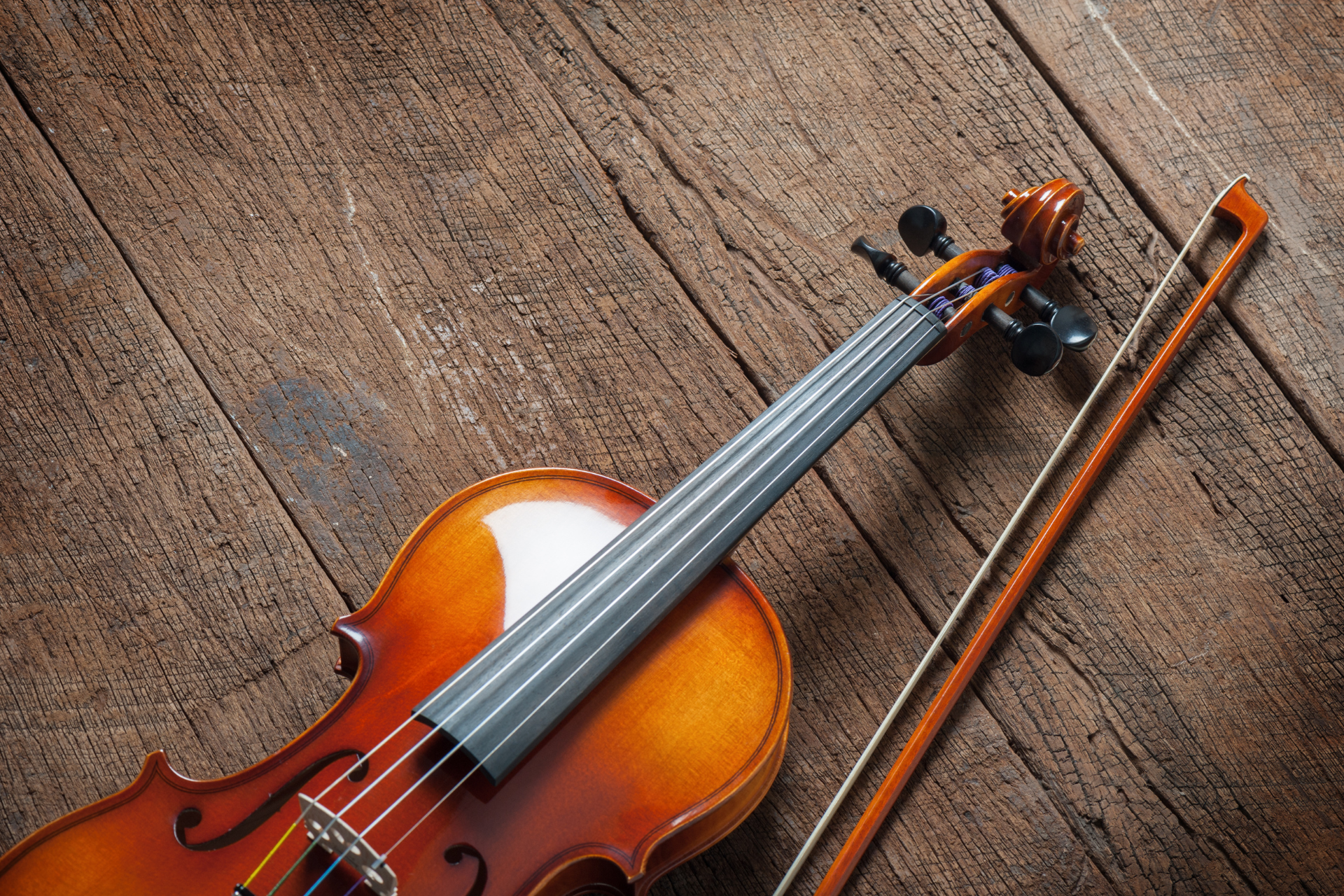General Articles
The History and Evolution of the Violin: From Ancient Origins to Modern Times
The violin is one of the most popular and versatile musical instruments in the world. It can produce beautiful melodies, expressive harmonies, and virtuosic solos. It can be played in various genres, from classical to folk, from jazz to rock. But how did the violin come to be? What are its origins and how did it evolve over time?
In this article, we will explore the fascinating history and evolution of the violin, from its ancient ancestors to its modern form. We will also look at some of the most influential violin makers and players who shaped the instrument’s sound and style. Whether you are a beginner or an advanced violinist, a music lover or a history buff, you will find something interesting and informative in this article.
The Ancient Ancestors of the Violin
The violin is a relatively recent invention, dating back to the 16th century in Italy. However, its roots can be traced back to much older stringed instruments that used a bow to produce sound. These instruments originated in different parts of the world and spread through trade and cultural exchange.
Some of the earliest known bowed stringed instruments are:
The ravanastron, which emerged in medieval India and was patronized by kings and nobility. It had a single string stretched over a hollow gourd and was played with a bow made of horsehair.
The rebab, which originated in the 8th century in the Middle East and spread throughout North Africa and Europe along trade routes. It had three or four strings attached to a wooden body covered with skin and was played vertically on the lap or chest.
The lyra, which emerged in the 10th-12th centuries in the Byzantine Empire and was played upright like a cello. It had a pear-shaped body with three or four strings and was played with a long, curved bow.
The European Development of the Violin
In Europe, the rebab and the lyra developed into various instruments that gradually resembled the modern violin. Some of these instruments are:
The rebec, which was introduced to Europe during the Arabic conquest of the Iberian Peninsula. It had one to five strings tuned in fifths and was held against the shoulder like a violin. It was carved from a single piece of wood and had a flat back and a round sound hole.
The vielle, which was popular in medieval and Renaissance Europe. It had three to five strings tuned in fourths or fifths and was held horizontally on the arm or lap. It had an oval-shaped body with a separate back and face connected by ribs.
The lira da braccio, which emerged in 15th-century Italy and is considered to be the most direct ancestor of the violin. It had five or six strings tuned in fourths or fifths and was held against the shoulder like a violin. It had a flat back, an arched top, two f-shaped sound holes, and sometimes frets.
The Birth of the Modern Violin
The modern violin was born in 16th-century Italy, where several craftsmen experimented with different shapes, sizes, materials, and techniques to create an instrument that could produce a loud, clear, and expressive sound. The earliest known violins were made by Andrea Amati (1505-1577) in Cremona, who is regarded as the father of the violin making tradition. His violins had elegant proportions, graceful curves, delicate carvings, and rich varnish.
Amati’s violins were improved by his sons Antonio (1540-1607) and Girolamo (1561-1630), who made them larger, louder, and more resonant. They also established a successful workshop that trained many other violin makers, such as Andrea Guarneri (1626-1698) and Antonio Stradivari (1644-1737).
Stradivari is widely considered to be the greatest violin maker of all time. He made over 1,000 instruments, including violins, violas, cellos, guitars, harps, and mandolins. His violins are renowned for their perfect craftsmanship, exquisite design, brilliant tone, and remarkable longevity. Some of his most famous violins are named after their owners or patrons, such as the Messiah Stradivarius (1716), the Lady Blunt Stradivarius (1721), and the Red Mendelssohn Stradivarius (1720).
Stradivari’s violins were further refined by his sons Francesco (1671-1743) and Omobono (1679-1742), as well as by his pupils and followers, such as Giuseppe Guarneri (1698-1744), Carlo Bergonzi (1683-1747), and Giovanni Battista Guadagnini (1711-1786).
The Modern Evolution of the Violin
The violin underwent its last major changes in design in the 19th century, with the advent of large auditoriums, the violin virtuoso, and the Romantic musical style. The violin was modified to produce a more powerful and brilliant sound that could fill larger spaces and express more emotions. Some of the modifications were:
- The neck was angled back, giving greater pressure of the strings on the bridge.
- The fingerboard was lengthened, allowing for higher notes and wider vibrato.
- The bridge was heightened, increasing the tension and responsiveness of the strings.
- The sound post and bass bar were thickened, enhancing the resonance and projection of the instrument.
- The chin rest was added, providing more comfort and stability for the player.
These modifications were made by various violin makers and restorers, such as Jean-Baptiste Vuillaume (1798-1875) in Paris, who also made copies of famous violins by Stradivari and Guarneri. Vuillaume also invented the steel violin bow, which was stronger and more flexible than the traditional wooden bow.
The violin has continued to evolve in the 20th and 21st centuries, with the introduction of new materials, technologies, and genres. Some of the innovations are:
- The electric violin, which has a solid body and a piezoelectric pickup that converts the string vibrations into electric signals. The electric violin can be amplified and modified with effects pedals, making it suitable for rock, jazz, and pop music.
- The carbon fiber violin, which is made of a synthetic material that is lighter, stronger, and more resistant to humidity and temperature changes than wood. The carbon fiber violin has a bright and clear sound that can project well in large venues.
- The five-string violin, which adds a lower string tuned to C below the G string. The five-string violin can play both violin and viola parts, expanding its range and repertoire.
The violin is a remarkable instrument that has a long and rich history that spans across continents, cultures, and centuries. It has evolved from simple bowed instruments to sophisticated works of art that can produce a wide variety of sounds and emotions. It has inspired countless composers, performers, and listeners with its beauty and expressiveness.
If you are interested in learning more about the violin or playing it yourself, you can visit Rhythm Music Shop in Markham or head over to our online shop. We have a wide selection of violins for sale, as well as the required accessories. We provide service to Markham, Richmond Hill, Vaughan and the rest of the Greater Toronto Area.

